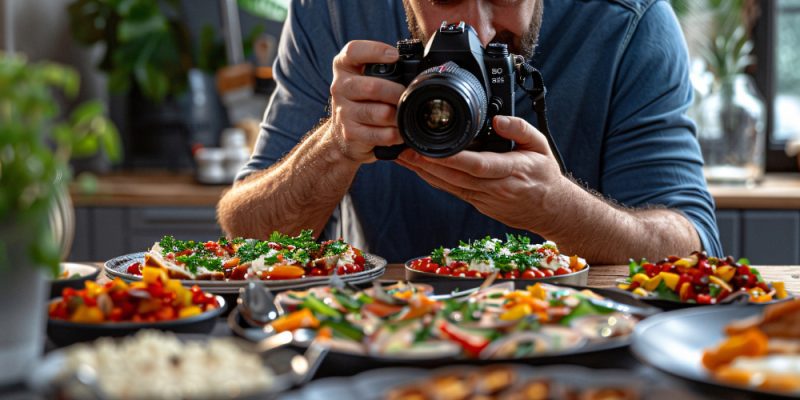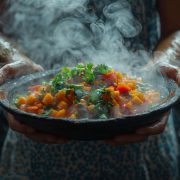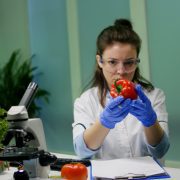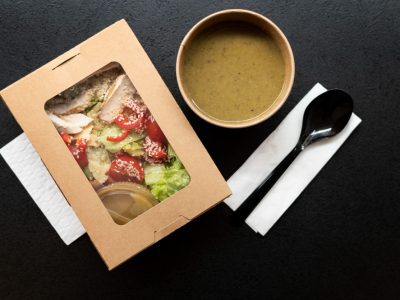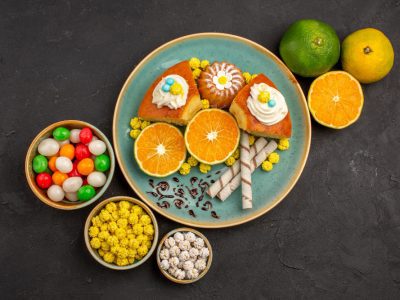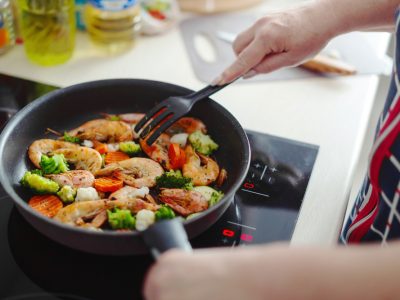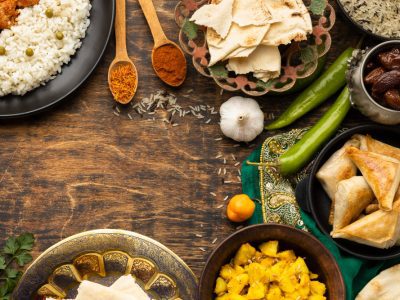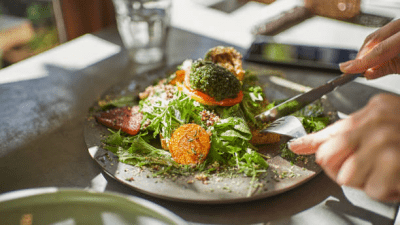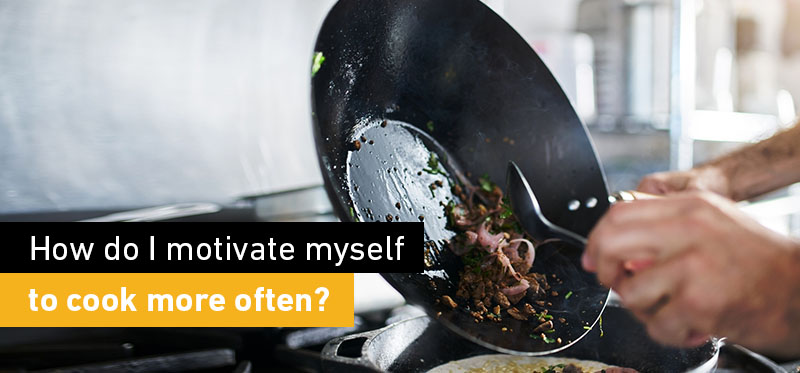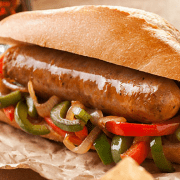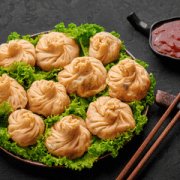Introduction to Food Photography
The visually-driven social media landscape, especially Instagram, has catapulted food photography from a hobby to a mainstream obsession. The beauty of any dish, whether it is a quick fix at home or a gourmet dinner out, may be photographed and shared online. Shooting food is more than just taking pictures of it; good food photography tells a story, makes the viewer feel something, and makes them want the food even before they eat it. With the right composition and lighting, even the most ordinary dish may become a captivating culinary masterpiece, drawing in viewers who may be interested in trying the dish or perhaps visiting the restaurant.
With the proliferation of food-related content on social media, influencer marketing, and food blogs, the significance of captivating food photography has been magnified. Improving one’s internet presence, drawing in new consumers, and elevating one’s brand can be accomplished by anybody, from restaurants to home cooks, by learning the fundamentals of food photography. Stunning food photography that highlights the products’ quality and delectability is a huge boon to even HOGR delivery, a platform that links home cooks with surrounding consumers.
If the food is beautifully photographed, a consumer perusing the menu may decide to order a certain item because it stands out from the rest. From casual foodies to would-be Bengaluru restaurant owners, this article will cover some basic food photography techniques that anyone can use to take appetising photos of their cuisine that will be perfect for sharing on social media.
A Guide to Food Photography Tips: Making Your Meals Instagram-Worthy
If you know what you are doing and have an eye for aesthetics, you can take pictures of food that will make people stop scrolling and make their mouths water. If you want your food images to be the talk of Instagram, then you need to follow this method:
Food Photography Tips
- Master Natural Light: When shooting food, the golden rule is to use natural light. Keep perishables close to a window, preferably one that lets in gentle, diffused light. Stay out of the sun’s glare since it casts long shadows and makes some parts look overexposed. The best, most uniform lighting for food photography is usually achieved on overcast days. Change the angle of the light source to see what works best; side lighting brings out the best in shapes and textures, and backlighting makes for a stunning rim light effect, which is perfect for drinks and other transparent objects.
- Composition is Key: As a food photographer, you must pay close attention to the composition of your shots. In order to use the rule of thirds, see your frame divided into nine equal sections and position your subject or objects of interest along or at the intersections of these sections. The use of leading lines can help guide the eye’s movement through a picture. Feel free to approach up close for close-ups or stand back to obtain a bird’s-eye view of the situation. Try shooting from several vantage points; for example, a flat lay shot from above is great for displaying a variety of foods, while an eye-level photo gives the viewer a closer look.
- Choose Your Background Wisely: In food photography, the backdrop should not be the main attraction, but rather something that enhances the subject. In most cases, the ideal backgrounds are plain, unadorned ones, like a marble countertop, a plain wooden surface, or a neutral-colored fabric. Think about the food’s contrast with the background in terms of colour and texture. Home cooks selling on HOGR delivery and similar platforms will benefit from using a consistent and visually appealing background for their product images. This will help to create a more professional look.
- Style Your Food Thoughtfully: The art of food styling is unique. Using colour, texture, and shape as your guides, arrange your food in an aesthetically pleasing manner. To strategically enhance visual appeal and inject colour, use garnishes. An extra dash of sauce, some spices, or fresh herbs can transform a dish. A little splatter or crumbs can make your food photos more genuine and approachable, so do not be shy about showing them. Careful styling of HOGR delivery meals can attract clients and give them an idea of what they can expect from the service.
- Tell a Story: Photographs of delicious foods can convey a tale. Think about using items that set the scene or create an emotional response into your shot. An example of this would be a hand reaching for a bite, a tool in the middle of its motion, or items in the background that provide clues about how the food was made. If you are a home cook, you may make your food photos more unique by showing the “making of” or the fresh items you used.
- Pay Attention to Details: Perfecting your food photography requires attention to detail. Make sure the garnishes are fresh, wipe the dish clean of any smudges or spills, and tweak the items until they appear perfect. Also, make sure your focus is razor sharp; this will help direct the viewer’s attention where you want it to go.
- Edit with Intention: You can improve your food photos using post-processing, but be careful to edit in a natural and subtle way. To make the food’s natural colours pop, play about with the contrast, saturation, and brightness. To enhance the composition, crop your photograph. Filters can make food look fake, so use caution while using them. Maintaining a consistent and professional visual identity is important for home cooks that use food photography for their HOGR delivery listings.
How to Photograph Food
To effectively photograph food, consider these practical steps:
- Gather Your Equipment: Great food photography does not require a tonne of money-sucking equipment. A high-quality camera on a smartphone can accomplish miracles. A DSLR or mirrorless camera with a basic lens, such as a 50mm prime lens, should be considered for those who are serious about food photography. When shooting in dim light, a tripod can be an invaluable tool for maintaining clear photographs.
- Find Your Light: Keep perishables in a bright, naturally lighted area, such as next to a window, for the longest shelf life. Pay attention to the way the light hits your subject and change the angle of your camera accordingly. A white cardboard or foam core piece can serve as a reflector, re-illuminating regions that are in shade.
- Set Up Your Scene: Be picky with the backdrop and accessories you use. Minimise complexity and unnecessary elements. To make the story more interesting, think about using napkins, cutlery or anything else linked to food.
- Compose Your Shot: Choose an angle and use compositional tools like the rule of thirds. To find the optimal shot, take multiple ones from various angles.
- Focus and Shoot: Keep your subject clearly in focus. To bring emphasis to a certain place on a smartphone, tap on it. Get a few different images by playing about with the focus and composition.
- Edit Your Photos: To make little changes to the saturation, sharpness, contrast, and brightness, use a picture editing tool. There are many of free options for smartphones. If necessary, crop your image.
With consistent practice and the following food photography ideas, you can take your meal images to the next level, creating visually appealing content that is ideal for posting on Instagram and platforms like HOGR delivery. This will make your wonderful cuisine even more appealing to potential customers.
Conclusion
Whether you are a dedicated home chef who wants to share your recipes with the world or a food entrepreneur who wants to sell their wares on sites like HOGR delivery in Bengaluru, the ability to take professional-quality food photos is a must-have in this digital age. Anyone can learn to take Instagram-worthy photos by studying the fundamentals of lighting, composition, styling, and editing. The way your food looks can have a big influence on how people perceive it and can be a great way to draw in customers.
If you are in the business of selling home-cooked meals, investing in professional food photography is an investment in both your brand’s image and your ability to sell more of your product. Putting in the time and effort to become a better food photographer can definitely boost your internet presence, make your dishes more appealing, and allow you to share your love of cooking with more people, one beautiful shot at a time. Find a spot with good lighting, whip out your phone or camera, and start documenting the mouthwatering backstories of the foods you eat.
A food enthusiast and a blogger – someone who likes to eat and write about it. I’m passionate about exploring different cuisines and challenging my palette. I give into my food craving regularly and am often on the hunt to find my new favorite food place in town.
